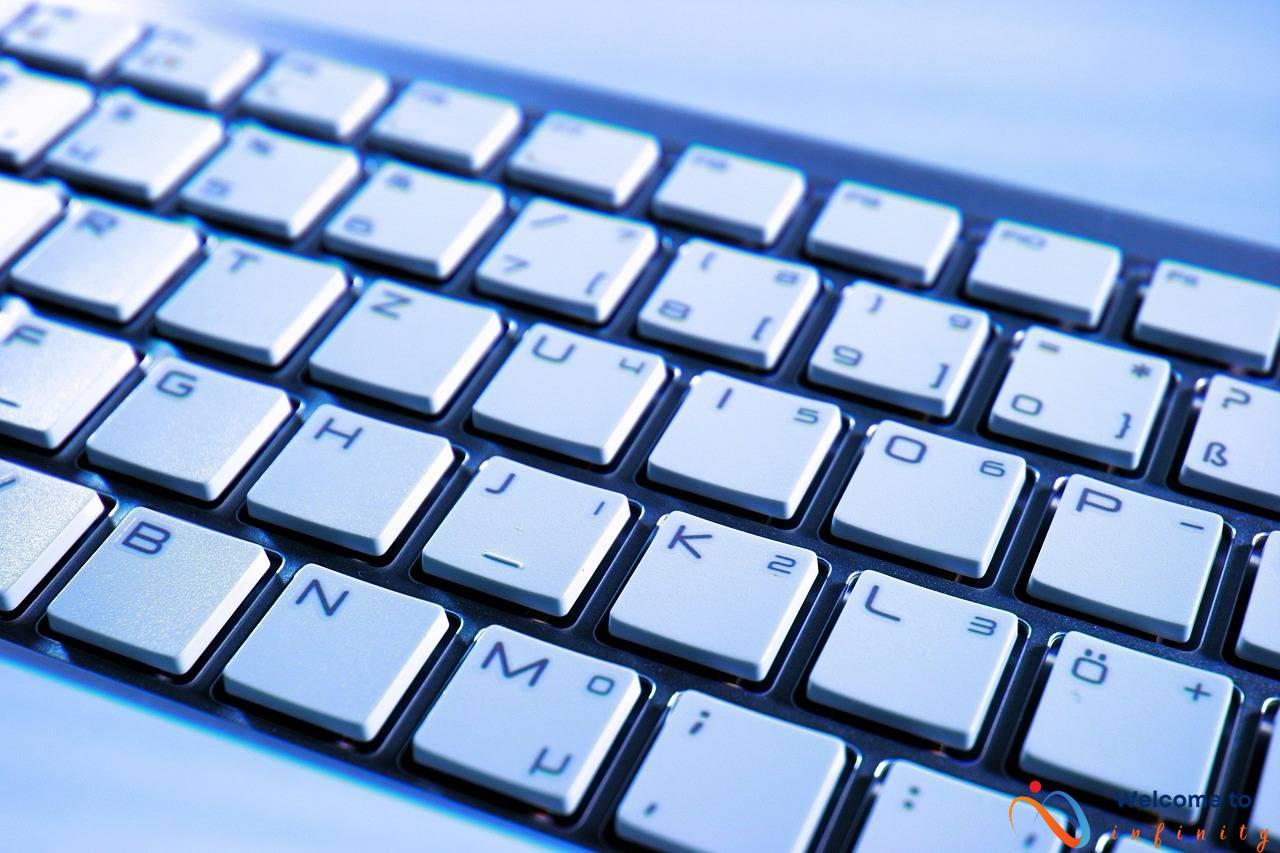Robotic space exploration has been an essential tool for exploring our universe since the early days of space travel. The use of robotics has not only enabled us to explore more of our cosmos, but it has also kept human lives safe. With upcoming missions to Mars and other planets, we can expect to see more groundbreaking insights into our universe, thanks to robotics.
Robots will continue to play a key role in space exploration, especially with the advancements in artificial intelligence and machine learning. Robotic exploration enables us to conduct more in-depth scientific studies without the need for human intervention. With their enhanced capabilities, robots can observe and collect information from environments unsuitable for humans.
Mars has been the focus of robotic exploration in recent years, with multiple missions aiming to explore the Red Planet. The Perseverance rover, for example, is designed to explore the potential for past life on Mars. The next big mission planned is the Mars Sample Return Mission, which is set to use robotic systems to collect and bring back samples from Mars' surface to Earth.
Looking beyond Mars, robotic exploratory missions are planned for the outer planets of our solar system and their moons, which could provide answers to fascinating questions about our universe.
The future of robotic space exploration looks bright, but there are also challenges to consider. Radiation in space can cause significant damage to electronic systems, which could limit the functionality of robotic missions. Additionally, communication lag times between Earth and robots can cause delays in real-time communication and control.
Overall, the use of robotics in space exploration will continue to shape our understanding of the universe. Future advancements in technology will only enhance the capabilities of robotic systems, allowing us to explore even further into space.
The Role of Robotics in Space Exploration
From the earliest days of space exploration, robots have played a critical role in enabling humanity to reach the stars. The first successful unmanned mission was launched by the Soviet Union in 1958, and from there, we have launched numerous missions that have benefitted greatly from robotic technology.
With robots, we are able to explore environments that would be difficult or impossible for humans to reach. They can perform tasks such as collecting samples, taking measurements, and conducting experiments that would be too dangerous for humans to carry out. In addition to their versatility and ability to work tirelessly over long periods of time, robots are also much cheaper and easier to launch than manned missions, which can cost billions of dollars.
Robotics technology has improved dramatically since the early days of space exploration. Today's robots can move with greater speed, precision, and autonomy than ever before. They can navigate complex environments and respond to unexpected situations with ease. Their sensors are more advanced, allowing them to detect and analyze a wide range of data, including images, video, and audio. All of these capabilities make robots an indispensable part of modern space exploration, and they will continue to play an important role in future missions to Mars and beyond.
Mars Missions: Rovers and Beyond
Mars has been a primary target for space exploration since the first successful mission in 1965 by NASA's Mariner 4. Since then, numerous robotic missions, including orbiters, landers, and rovers, have been sent to the Red Planet. These missions aim to unravel the mysteries of the fourth planet from the Sun, study its geology, atmosphere, and search for signs of life.
Robotic rovers have played a critical role in Mars exploration, providing a unique perspective of the planet's surface. So far, four Mars rovers have successfully landed on the planet: Sojourner, Spirit, Opportunity, and Curiosity. Each rover had unique instruments, providing data on the planet's composition, climate, and geology. The Curiosity rover, launched in 2011, currently explores Mount Sharp, a 5.5-kilometer high mountain at the center of the Gale Crater, and has helped discover that Mars once had an environment that supported microbial life.
Future Mars missions will focus on searching for signs of past or present life and preparing for future human exploration. NASA's latest Mars rover, Perseverance, launched in July 2020, aims to drill into Martian rocks, look for microbial life, and collect samples for return to Earth by future missions. Along with private companies like SpaceX and Blue Origin, NASA is also working towards future manned missions to Mars, with the goal of establishing a human presence on the planet by the end of the 2030s. To achieve this goal, research on Mars will continue with new and advanced robotic systems for exploration.
Perseverance Rover: Exploring Mars' Potential for Life
The Perseverance rover is a significant milestone in the exploration of Mars, being the most advanced robot that NASA has ever sent to the planet. This rover has been specifically designed to search for evidence of past life on Mars. The rover's instruments can detect important elements such as carbon, nitrogen, phosphorus, and oxygen on the Martian surface, which are the building blocks of life.
One of the most important features of the rover is its ability to collect rock and soil samples from the Martian surface, which can be returned to Earth for study through the Mars Sample Return mission, scheduled for the 2030s. The samples can provide valuable insights into Mars' past, which will help scientists better understand the planet's potential for life.
The Perseverance rover is equipped with advanced cameras, including a zoomable Mastcam-Z camera that can capture high-definition images of the Martian terrain. The rover also has a laser that can analyze the geology of rocks on the surface. The rover's arm has a drill that can collect core samples of rocks and soil, which will be analyzed further for signs of past microbial life.
In addition to the search for past life on Mars, the Perseverance rover's mission includes exploring Mars' geological features, such as the Jezero Crater, a site that was likely a lake in the past. The rover will investigate the crater's rocks and sediment to gain insights into the planet's climate and geology.
Perseverance is not the first rover that NASA has sent to Mars, and it certainly won't be the last. However, this rover plays a crucial role in advancing our understanding of the planet's history and its potential for life. With advanced technology and tools at its disposal, Perseverance is poised to make groundbreaking discoveries that will shape the future of Mars exploration.
Mars Sample Return Mission: Bringing Martian Samples to Earth
The Mars Sample Return mission is an ambitious project that aims to bring samples of Martian rocks and soil to Earth for detailed study. Planned for the 2030s, this mission will be the first attempt to return samples from Mars to Earth and is expected to pave the way for future missions to other planets in our solar system.
The robotic system that will be used for the Mars Sample Return mission is being developed by NASA in collaboration with the European Space Agency (ESA). This system will consist of two rovers and a lander that will work together to collect and package the samples before launching them back to Earth.
- The first rover, called the Fetch Rover, will travel across the Martian surface to collect the samples and bring them to the second rover, the Sample Retrieval Lander.
- The Sample Retrieval Lander will then transfer the samples to a small Mars Ascent Vehicle that will launch them into Mars orbit.
- Once in orbit, the samples will be picked up by a third spacecraft, an Earth Return Orbiter, which will then bring the samples back to Earth for analysis.
The Mars Sample Return mission presents several challenges that must be overcome before it can be successful. One of the biggest challenges is the harsh Martian environment, which includes extreme temperatures, high levels of radiation, and unpredictable weather. Another challenge is the communication lag between Earth and Mars, which can make it difficult to control and monitor the robotic systems from afar.
Despite these challenges, the Mars Sample Return mission is a major step forward in our understanding of the Red Planet and our quest for knowledge about our place in the universe.
Human-Robot Collaboration: Preparing for Future Human Missions
As space agencies around the world prepare for future manned missions to Mars, they are looking at ways in which robots can help humans on the red planet. Unlike unmanned missions where robots and rovers can be controlled remotely, future manned missions to Mars will require robotic systems that can work in tandem with human astronauts.
One of the main areas where robotic systems will assist human exploration on Mars is in the construction of habitats. These habitats will provide living quarters for astronauts and will be vital in sustaining long-term human missions on the planet. Robots can assist in tasks such as digging and laying foundations, assembling habitat modules, and installing life support systems.
In addition to building habitats, robotic systems will also help with conducting scientific studies on the planet. Robotic systems equipped with advanced sensors and cameras can collect data on the planet's geology, atmosphere, and climate. This data will be crucial in understanding the planet's past and present, as well as in planning for future missions.
Human-robot collaboration on Mars will require advanced robotics technology that can operate autonomously as well as in conjunction with humans. Communication lag and the harsh radiation environment in space are some of the major challenges that need to be considered and addressed in designing these robotic systems.
Overall, the use of advanced robotics in space exploration will open up exciting opportunities for human exploration beyond Earth. Human-robot collaboration will play a crucial role in making these missions safer and more successful, and will pave the way for greater achievements in space exploration in the future.
Exploring Beyond Mars: Robotic Missions to Jupiter, Saturn, and Beyond
While Mars has been the primary focus of recent robotic space exploration, there are many other targets in our solar system waiting to be explored. As technology continues to improve, robotic missions are being planned and executed to explore the outer planets and their moons, including Jupiter, Saturn, and beyond.
Jupiter, the largest planet in our solar system, has long interested scientists and astronomers. In 2011, NASA launched the Juno spacecraft, which has been orbiting Jupiter since 2016. Juno is equipped with a suite of instruments designed to study the gas giant's atmosphere, magnetic field, and more. Some of the key discoveries made by Juno include the detection of powerful auroras and the revelation of a deep and massive atmosphere.
Saturn, another gas giant in our solar system, has also received the attention of robotic explorers. The Cassini-Huygens mission, a joint effort by NASA and the European Space Agency, launched in 1997 and arrived at Saturn in 2004. Cassini spent over a decade orbiting Saturn and its many moons, making key discoveries such as the presence of potentially habitable environments on the moon Enceladus.
Beyond Jupiter and Saturn, there are still numerous targets for robotic exploration. For example, NASA's upcoming Europa Clipper mission will explore Jupiter's moon Europa, which is believed to have a subsurface ocean. The Dragonfly mission, set to launch in 2026, will fly a rotorcraft on Saturn's moon Titan, studying its complex chemistry and potentially habitable environments.
Robotic missions to the outer planets and their moons present unique challenges, such as the need to operate in extreme environments and the long communication lag between the spacecraft and Earth. However, they also offer great opportunities to expand our understanding of our solar system and potentially even discover new forms of life.
Challenges and Opportunities in Robotic Space Exploration
The use of robotics has revolutionized space exploration, but it comes with its fair share of challenges and opportunities. One of the biggest hurdles is radiation, which can cause equipment failure and pose a significant health risk to humans. Overcoming this challenge involves developing new technologies and materials that can better withstand the harsh conditions of space.
Another challenge is communication lag, which occurs due to the distance between Earth and spacecraft. This lag can affect real-time control of robotic systems and data transmission. One way to tackle this issue is by improving communication systems, including developing new methods that allow for faster and more reliable transmission of signals.
Despite these challenges, robotic space exploration also presents exciting opportunities. For instance, it enables the study of distant planets and their moons, providing valuable insights into the origins and evolution of the solar system. Robotic systems can also be used to search for signs of extraterrestrial life, study the geology and atmosphere of planets, and survey natural resources in space.
Furthermore, robotic missions can lay the groundwork for future manned missions to space, helping scientists and engineers better understand the challenges and risks involved. Moreover, robotic systems can assist in the construction of habitats and gathering materials needed for future missions.
In conclusion, while the use of robotics in space exploration presents several challenges, it also presents numerous opportunities for discovery and growth. Addressing the challenges and leveraging the opportunities is essential to ensure successful and fruitful missions to Mars and beyond.












